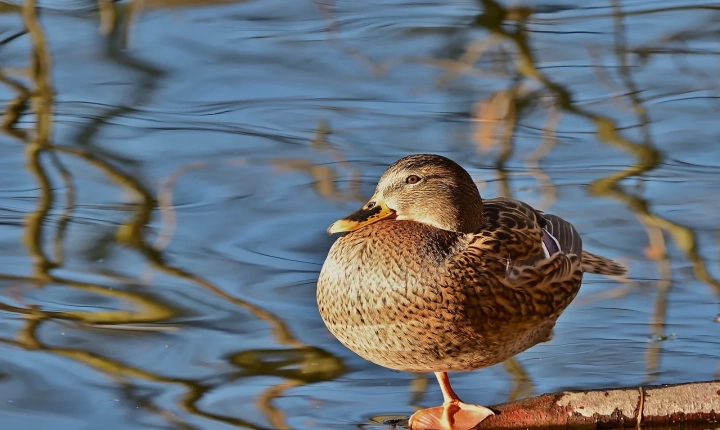Title: Creating Effective AI Art Prompts: A Guide for Artists and Designers
Artificial intelligence (AI) has revolutionized the way artists and designers create artwork, offering new opportunities to explore creativity and expand artistic possibilities. One of the key elements in generating compelling AI-generated art is the quality of the prompts provided to the AI model. Crafting effective AI art prompts requires a thoughtful approach and an understanding of the capabilities and limitations of AI. In this article, we will explore the principles and best practices for creating good AI art prompts.
Understand the AI Model’s Capabilities
Before diving into creating AI art prompts, it is crucial to understand the capabilities and limitations of the AI model being used. Different AI art platforms and tools have distinct methodologies and may excel in certain artistic styles or subject matters. Familiarize yourself with the AI model’s strengths and weaknesses to maximize its potential when generating art.
Define the Objective
When creating AI art prompts, it is essential to have a clear objective in mind. Whether the goal is to explore a specific artistic style, reimagine a particular subject, or experiment with color and composition, defining the objective will guide the prompt creation process and ensure that the AI-generated artwork aligns with the intended purpose.
Provide Detailed Descriptions
A well-crafted AI art prompt should provide detailed descriptions that convey the artistic vision effectively. Instead of vague or generic prompts, articulate specific details such as the mood, style, subject matter, and any desired visual elements. For example, instead of simply requesting “a landscape painting,” consider providing more detailed instructions such as “a serene, misty forest with warm, earthy tones and dappled sunlight filtering through the trees.”
Incorporate Visual References
In addition to descriptive language, incorporating visual references can significantly enhance the quality of AI art prompts. Including images, sketches, or mood boards that illustrate the desired aesthetic or concept can help the AI model better understand the artistic direction, resulting in more accurate and compelling artwork.
Experiment with Textual Inputs
AI art prompts can take diverse forms, including textual inputs such as poetry, storytelling, or philosophical concepts. Experimenting with different textual inputs can inspire the AI model to interpret and translate abstract ideas into visual art, fostering a unique and thought-provoking creative process.
Tailor Prompts to the AI Model
Different AI models may respond differently to specific types of prompts. It is beneficial to tailor the prompts to suit the strengths and tendencies of the AI model being used. For instance, if the AI model excels in creating abstract art, crafting prompts that emphasize freedom of expression and experimentation may yield more intriguing results.
Iterate and Refine
Creating good AI art prompts is an iterative process. After receiving the AI-generated artwork, analyze the results and assess how well the prompts translated into visual output. Based on the outcomes, refine and adjust future prompts to improve the coherence and relevance of the AI-generated art.
In conclusion, crafting effective AI art prompts is a skill that involves a combination of creativity, specificity, and an understanding of AI capabilities. By tailoring prompts to the AI model, providing detailed descriptions, incorporating visual references, and experimenting with different inputs, artists and designers can harness the full potential of AI to create inspiring and innovative artwork. With thoughtful and well-crafted prompts, AI art can continue to push the boundaries of artistic expression and imagination.
